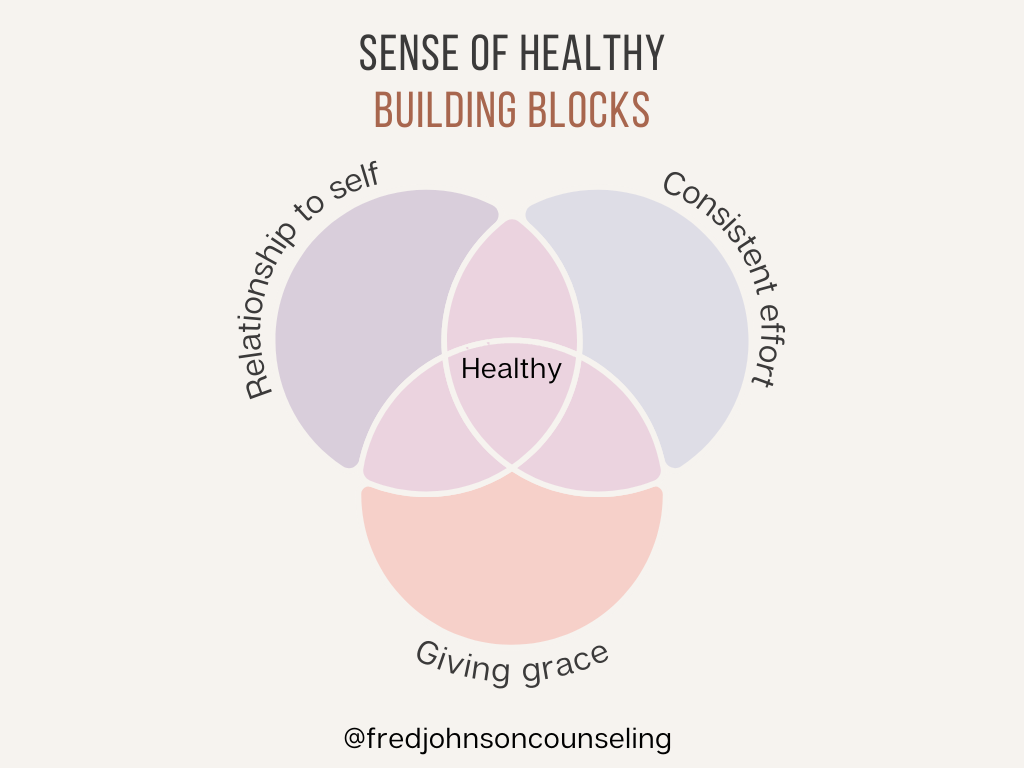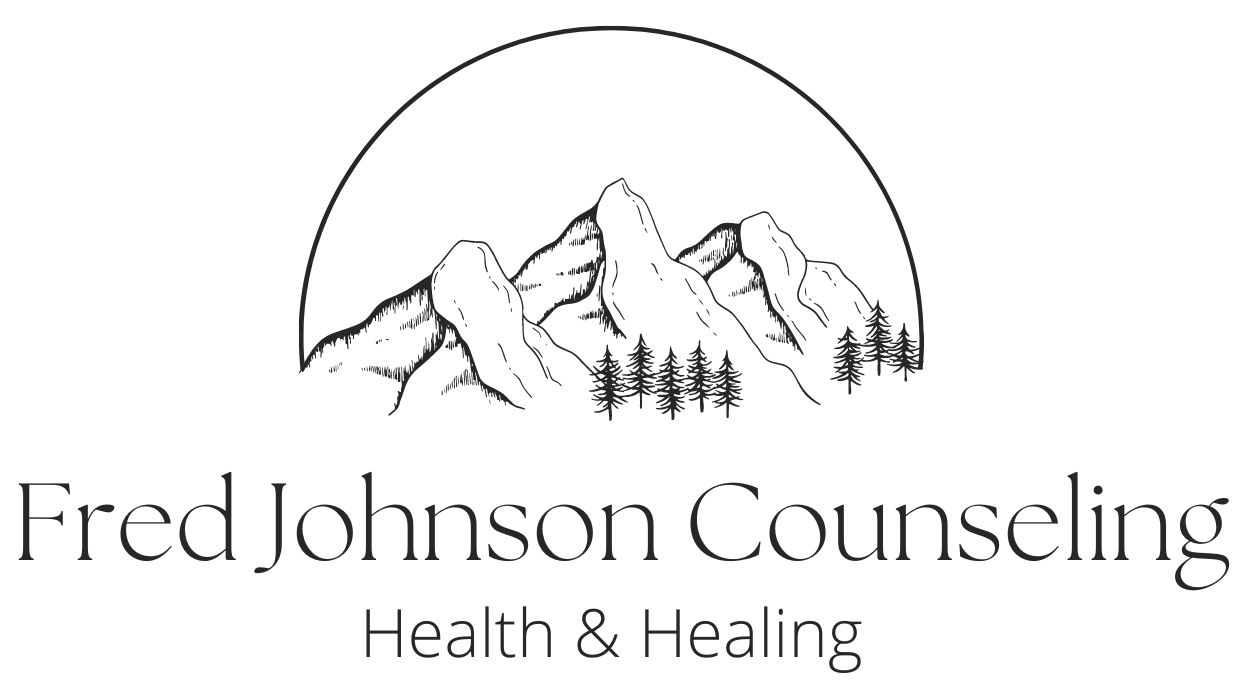Understanding 'Healthy' is more than a feeling.
Have you ever stopped to consider what you, personally, feel like when healthy? I’m not simply asking about a momentary feeling of elation or excitement, but rather the enduring and consistent sense of healthiness and wellbeing. This brief blog will provide you with a tool to evaluate and make improvements to your own sense of healthiness!
As we begin, let’s recognize that healthiness looks different on everyone, and that' s ok. The World Health Organization (WHO) defines the word health as, “a state of complete physical, mental and social well-being.” That can create an almost unattainable standard! Let’s learn how you can feel healthy and know you’re doing it well.
Recently I completed one of my long training runs. These usually last longer than 1.5 hours and distances vary based upon pace. The aftermath of this exercise typically brings on a confusing combination of exhilaration and exhaustion. My body tends to know immediately just how demanding that was and complains (often telling me to never do that again). Yet, I do it over and over regardless of what my body tells me. Week after week and mile after mile, I run. My mind tends to push towards the reward of the run and the benefits these bring, while my body tends to remind me of the work required. It is rarer that these two parts align within me. If I only went on a run when I felt like it or felt good enough, I would rarely (if ever) run. I have been tracking my own “pre-run-feel” and “post-run-feel” for several months now via my own made-up Likert style rating scale. Upon reviewing the stats, here are my observable trends:
- I most often do not ‘feel’ like running prior to the run or feel content not to do the run.
- I consistently feel better upon the completion of a run. Usually this is at least a 2 point gain each time.
- My sense of well-being tends to go up as I run consistently over a week. For example, the more I do the hard work of running, my “pre-run-feel” is consistently higher.
What do we learn from this? Honestly, nothing reliable due to the fact I am a research participant of 1 and this is not particularly a scientifically sound approach. Yet, perhaps I’m not so different from most people so we can extrapolate a useful tool from this.
Here is a formula I came up with to evaluate how we ‘feel’ healthy: Relationship to self + Consistent effort + Giving grace = Sense of Healthy

- Relationship towards one’s-self: the way you speak, think, or regard your inner being.
- Examples – internal self-talk, regarding yourself as equal to others, kindness, etc.
- Consistent effort for betterment: Repeated observable or reportable actions towards wellbeing.
- Examples – exercise, nutrition choices, self-care, balance, etc.
- Willingness to give grace: Forgiving the brutal demands of an ideal self.
- Examples – reframing a situation, accepting your effort as enough, forgiving expectations, etc.
- Sense of Healthy: The inner reflection of combined efforts towards health and wellness.
- Examples – How I feel when I recognize these three components working together in me and celebrate it.
Now take a minute and try to feel “healthy” without one of these factors. The absence of one or an imbalanced score in any one of these results in lowered feeling of healthy.
Feeling healthy requires us to make positive and real decisions daily, speak kindly to ourselves internally, and give forgiveness to what we had demanded of ourselves, and then praise ourselves for doing good!
The journey to feeling healthy begins with deciding which of these areas you’ve neglected and begin giving it the attention it needs to improve. If you want help progressing in your journey to health, give me a call today to get started.



